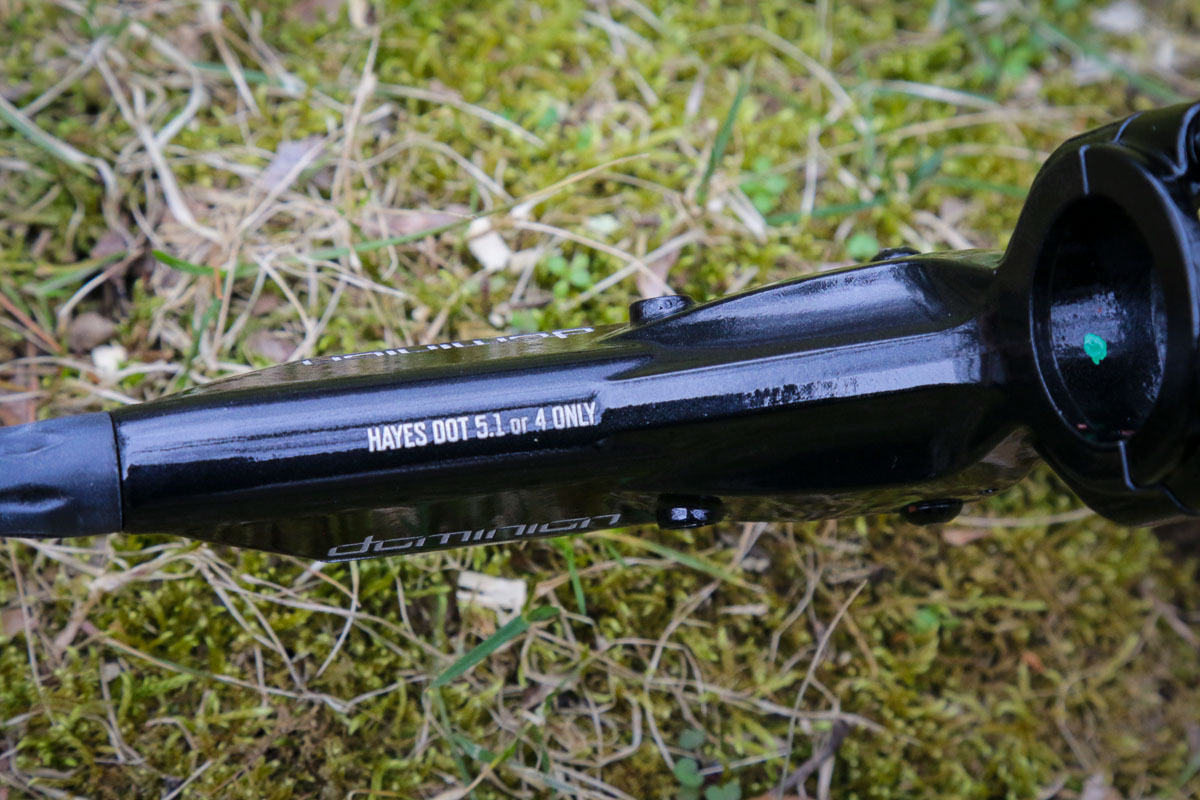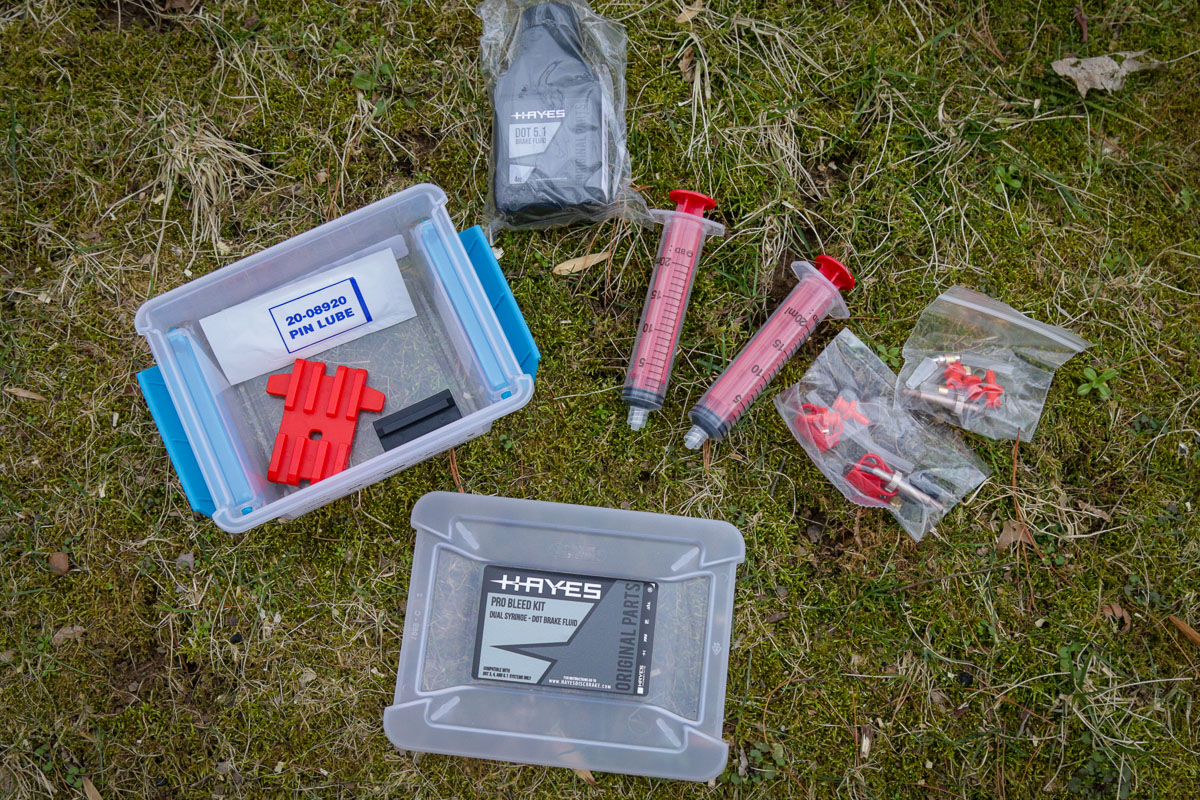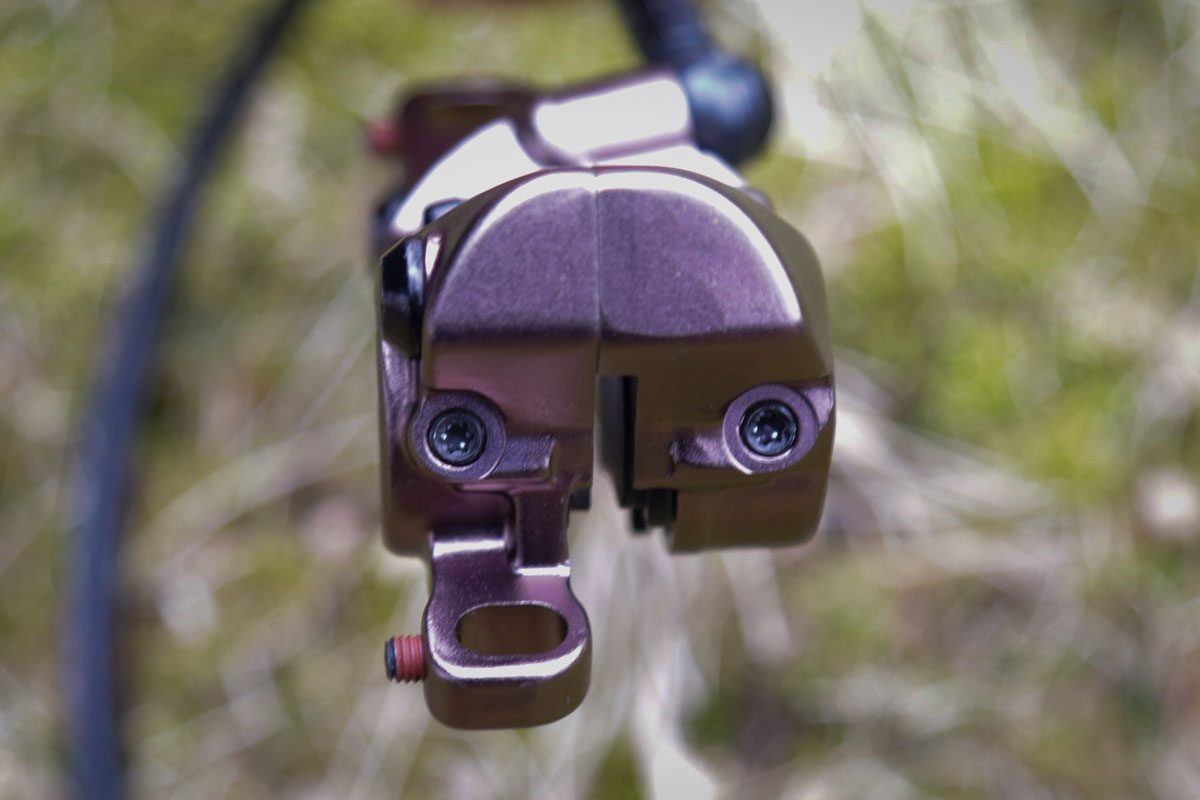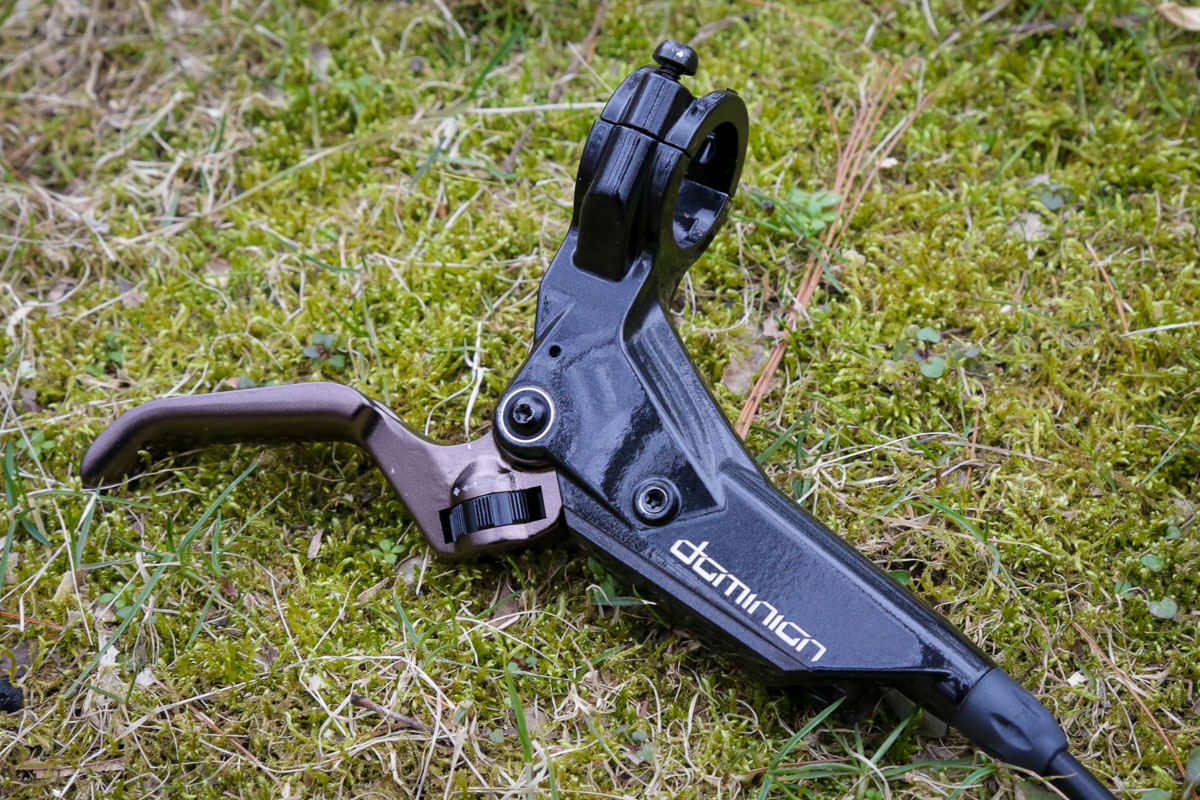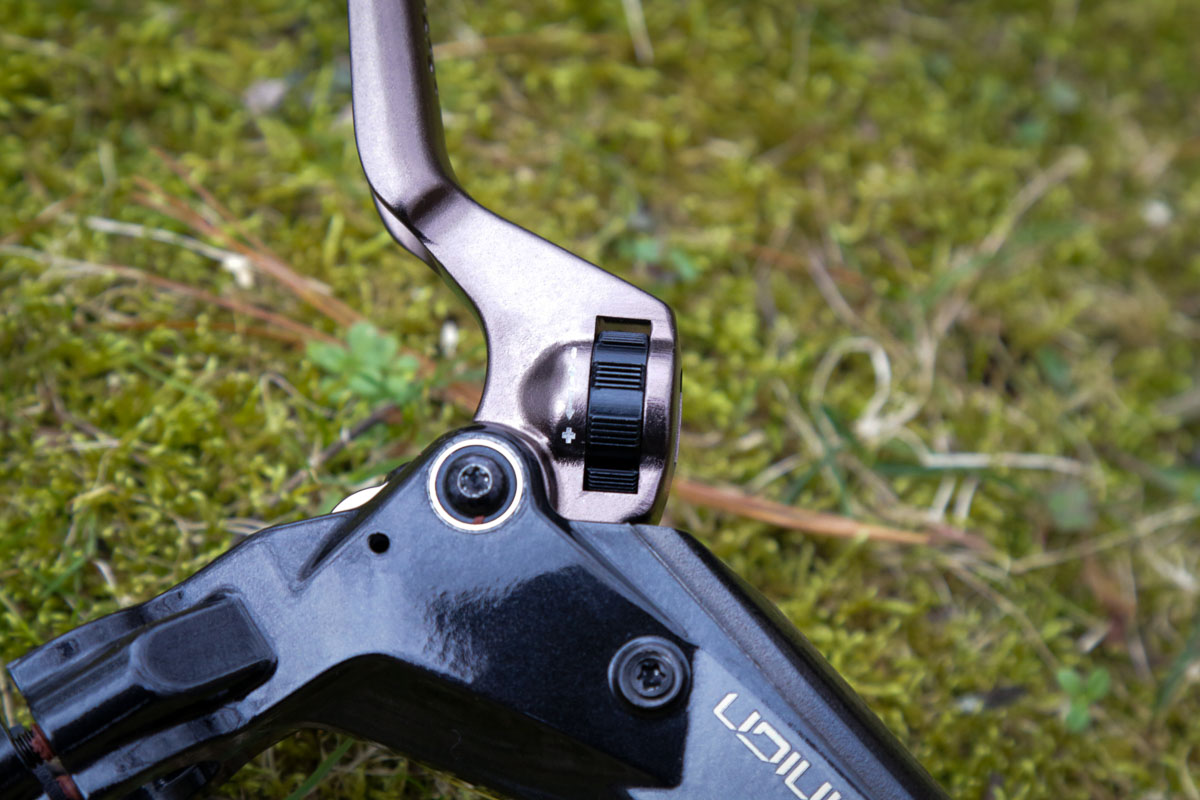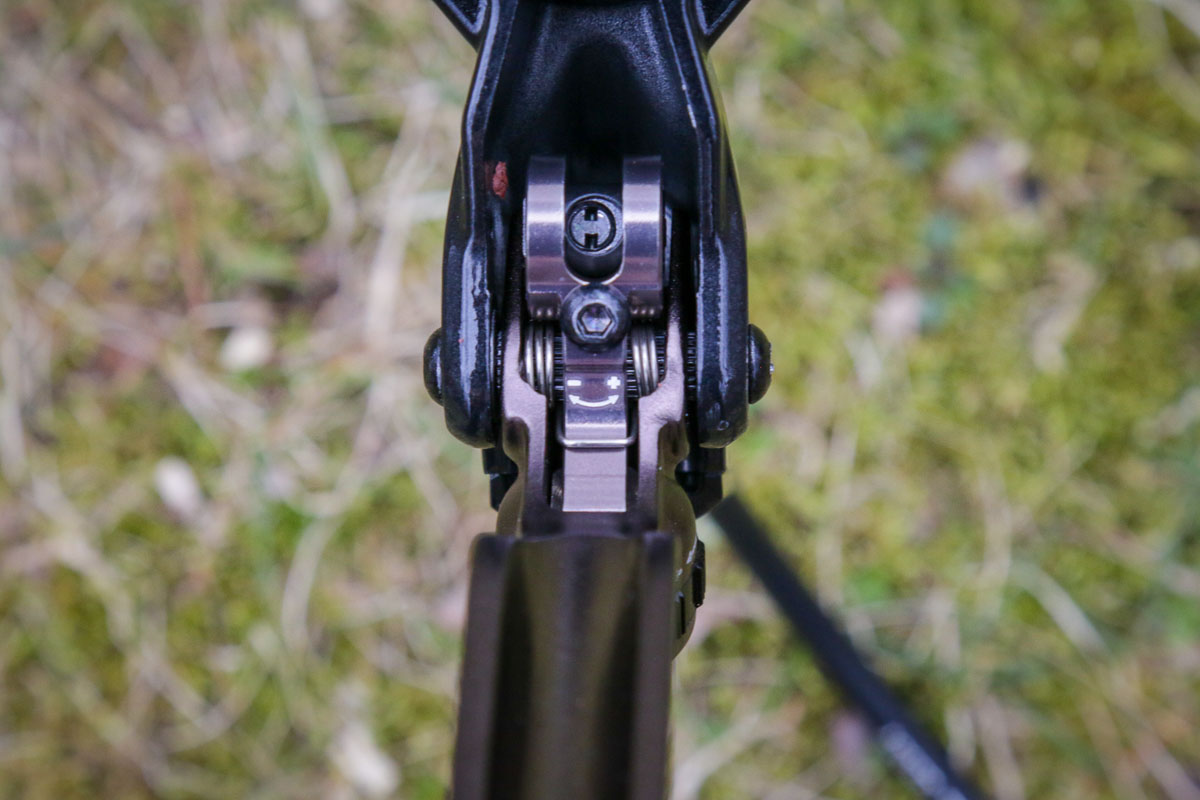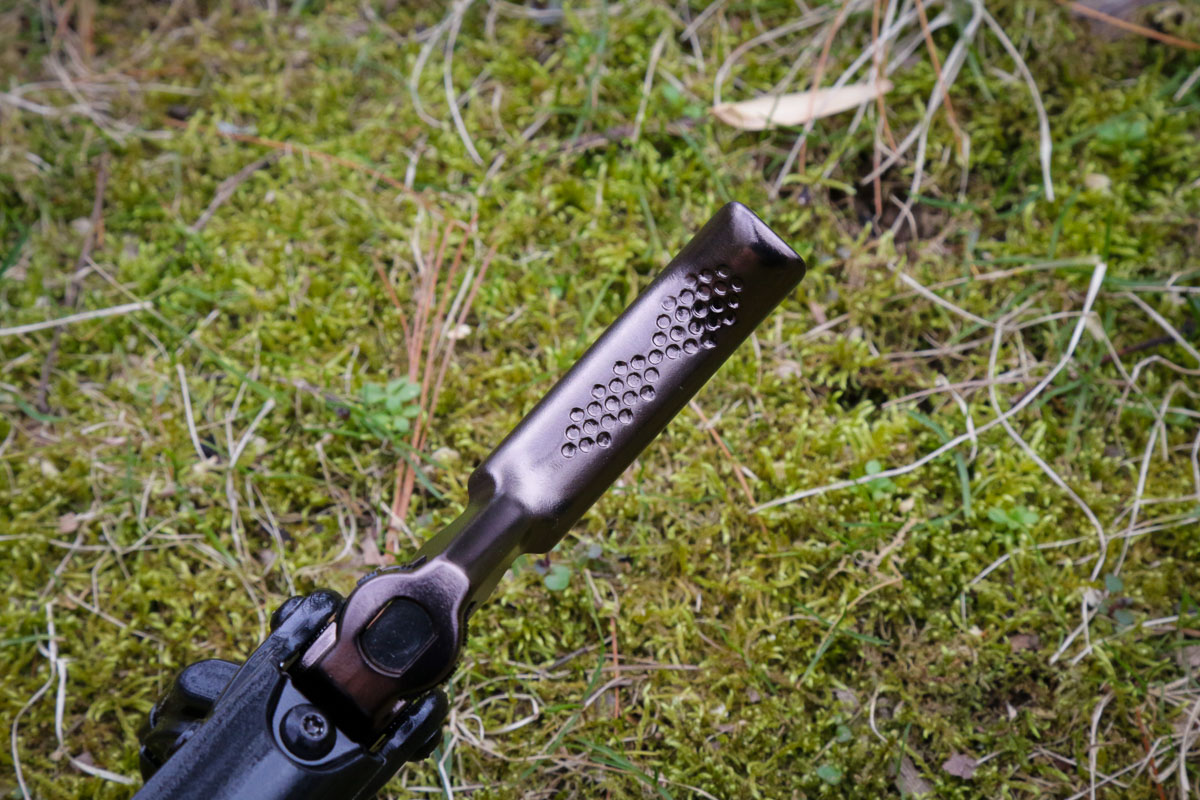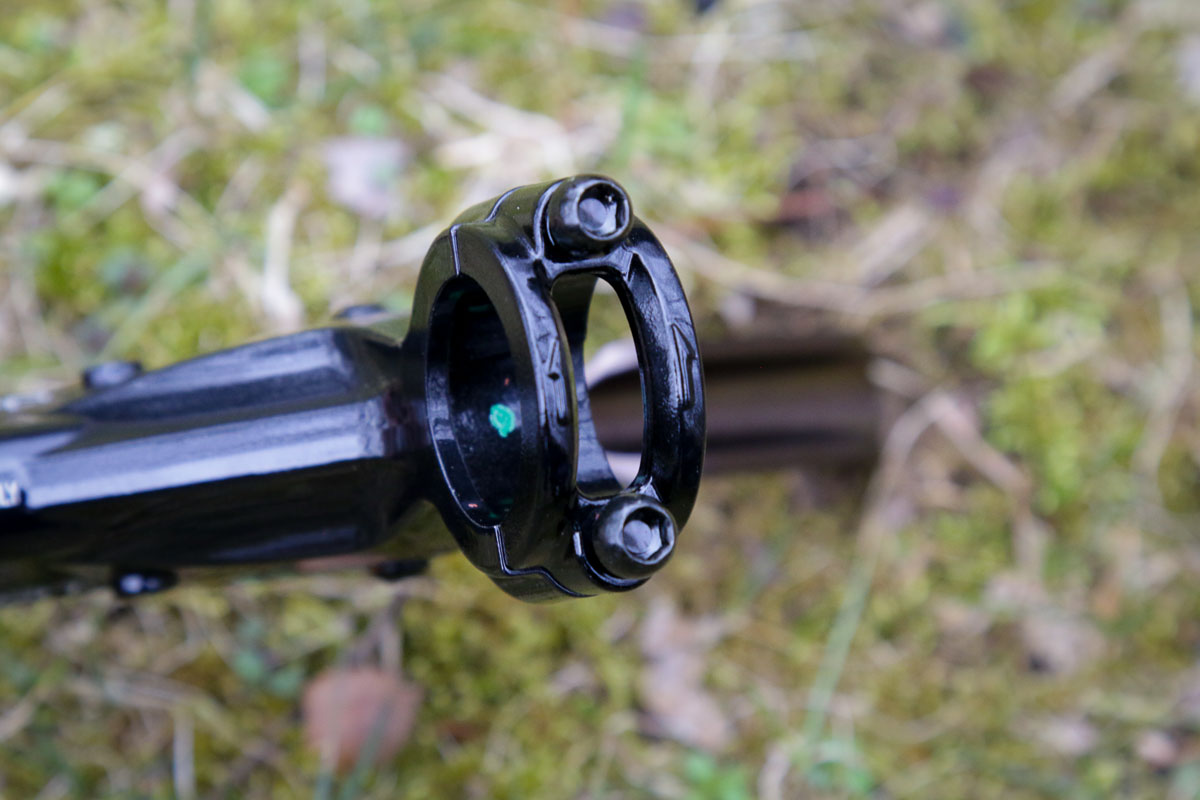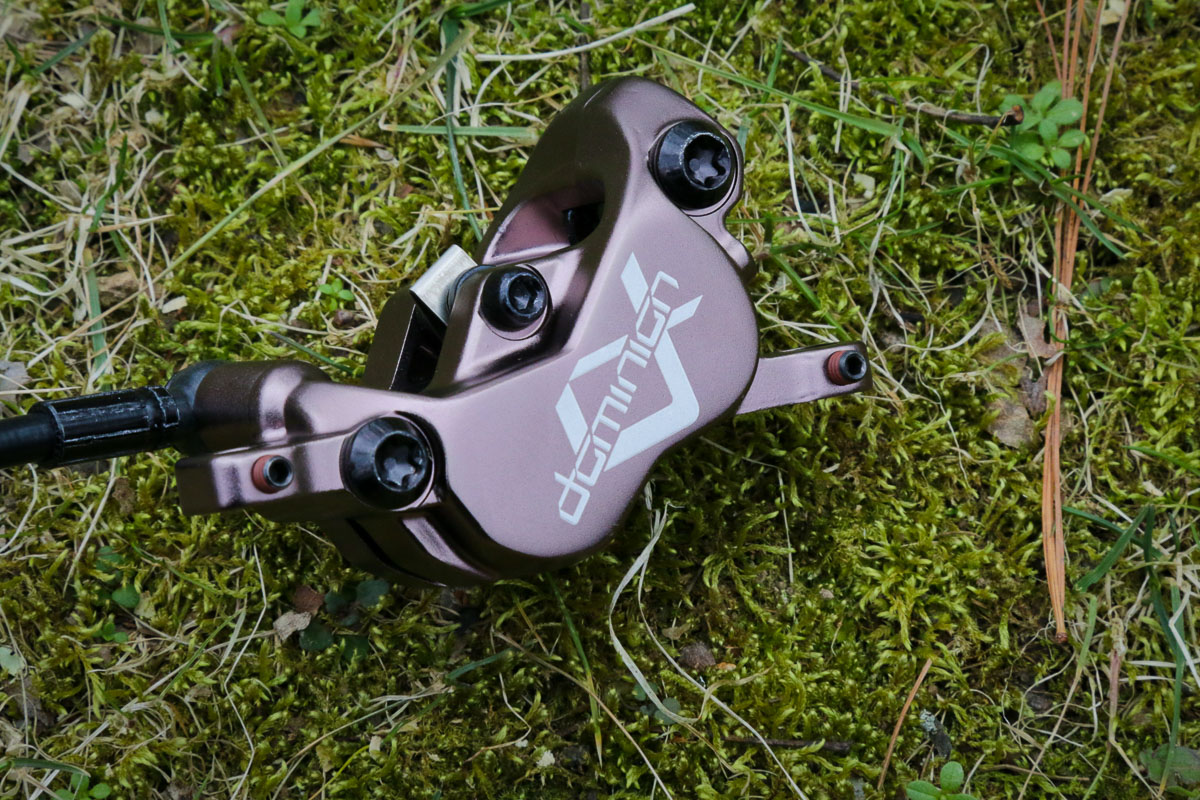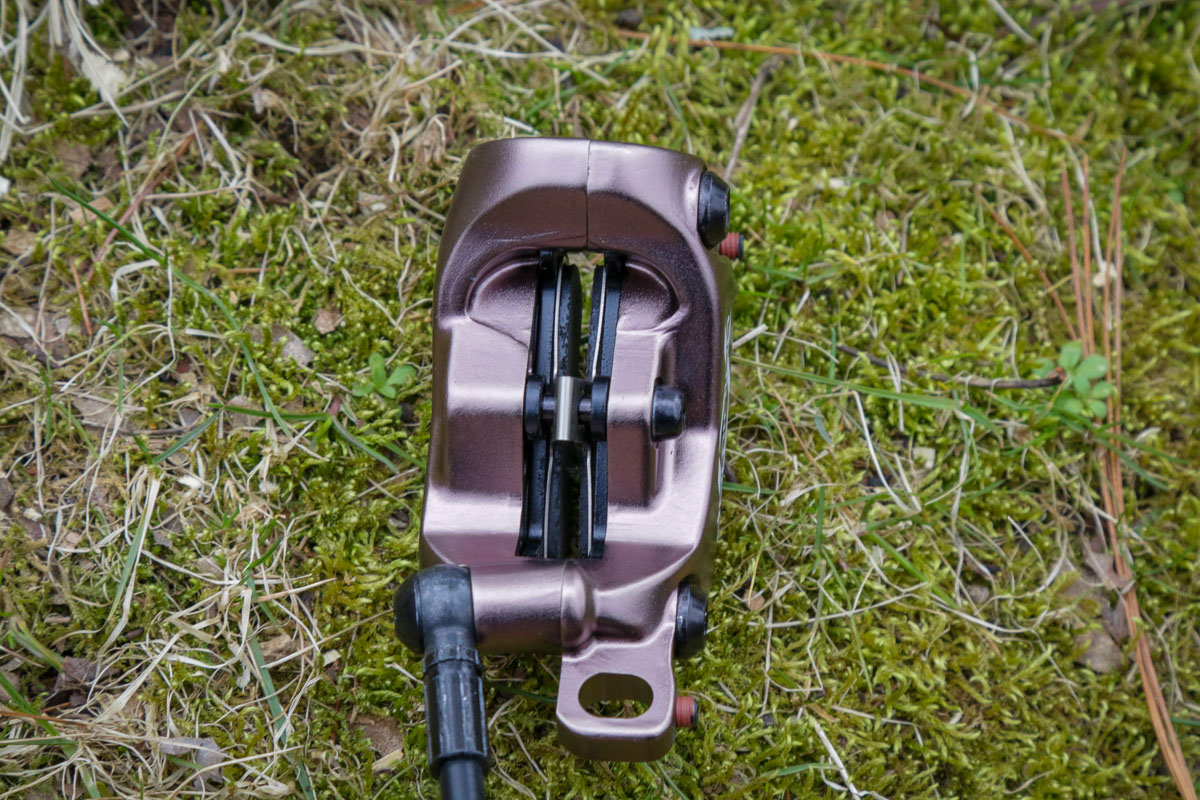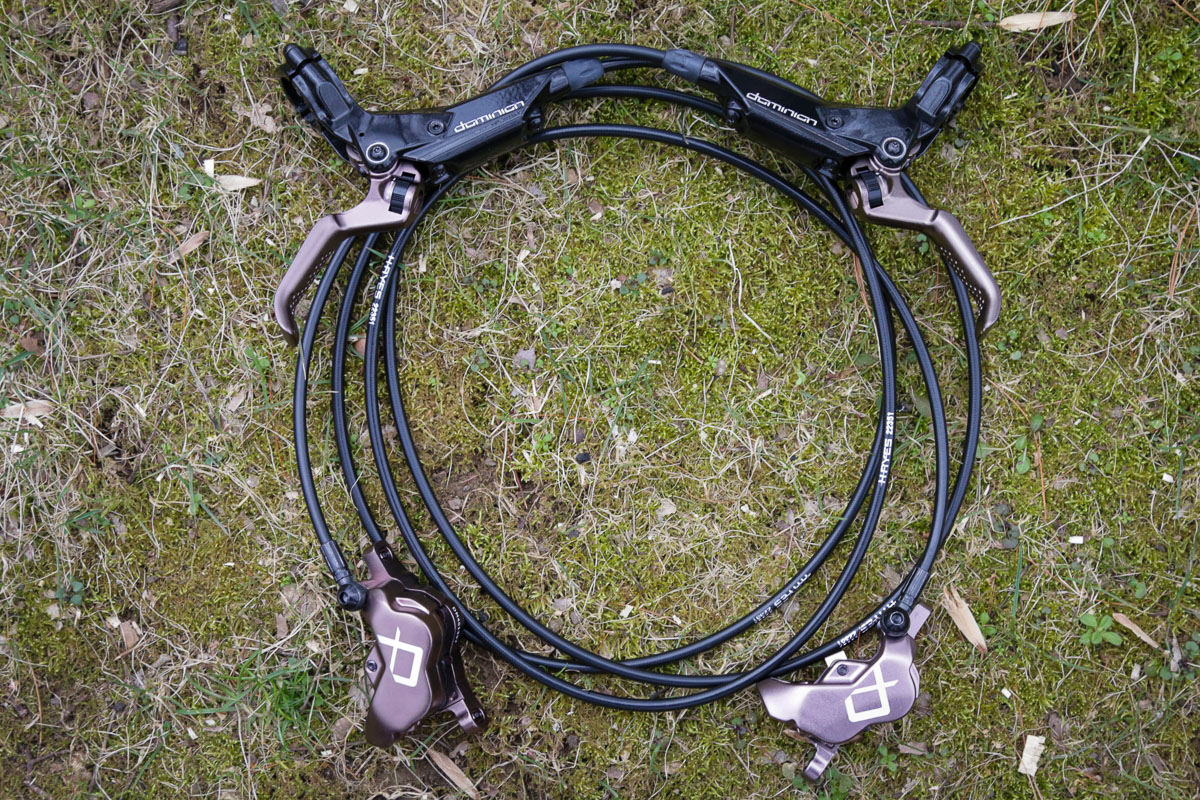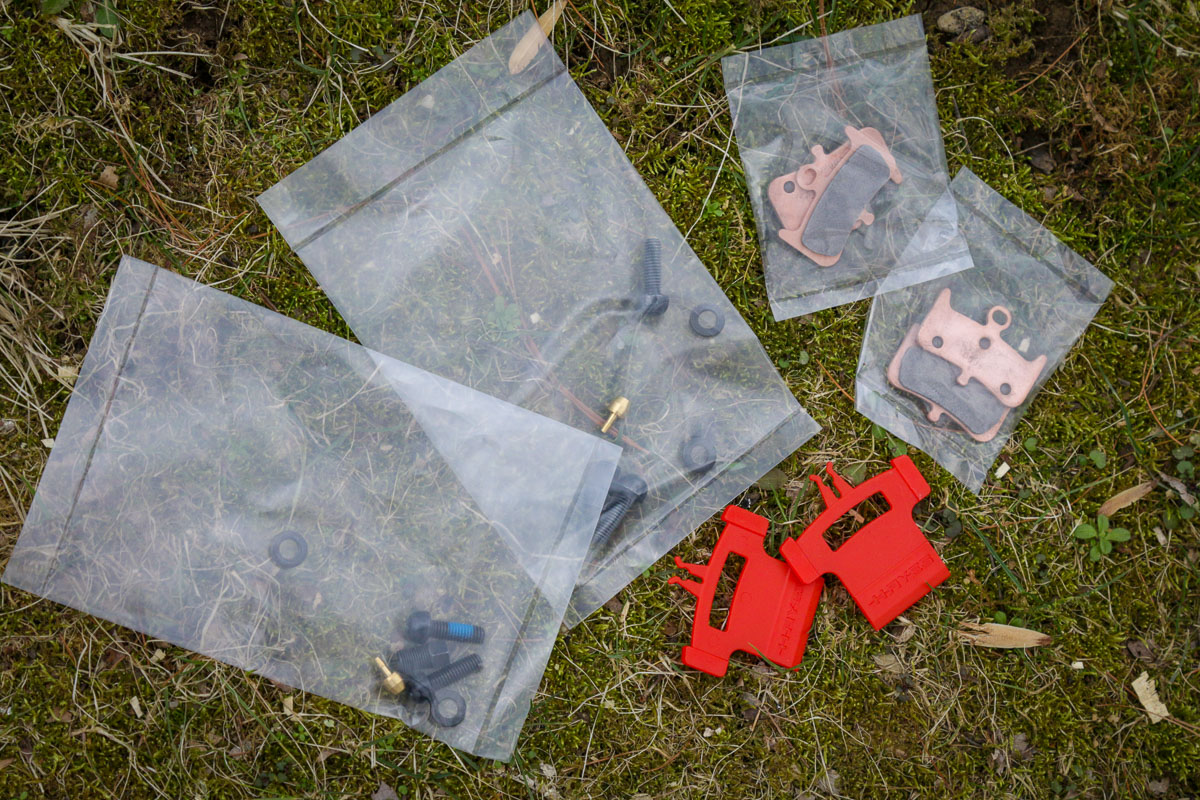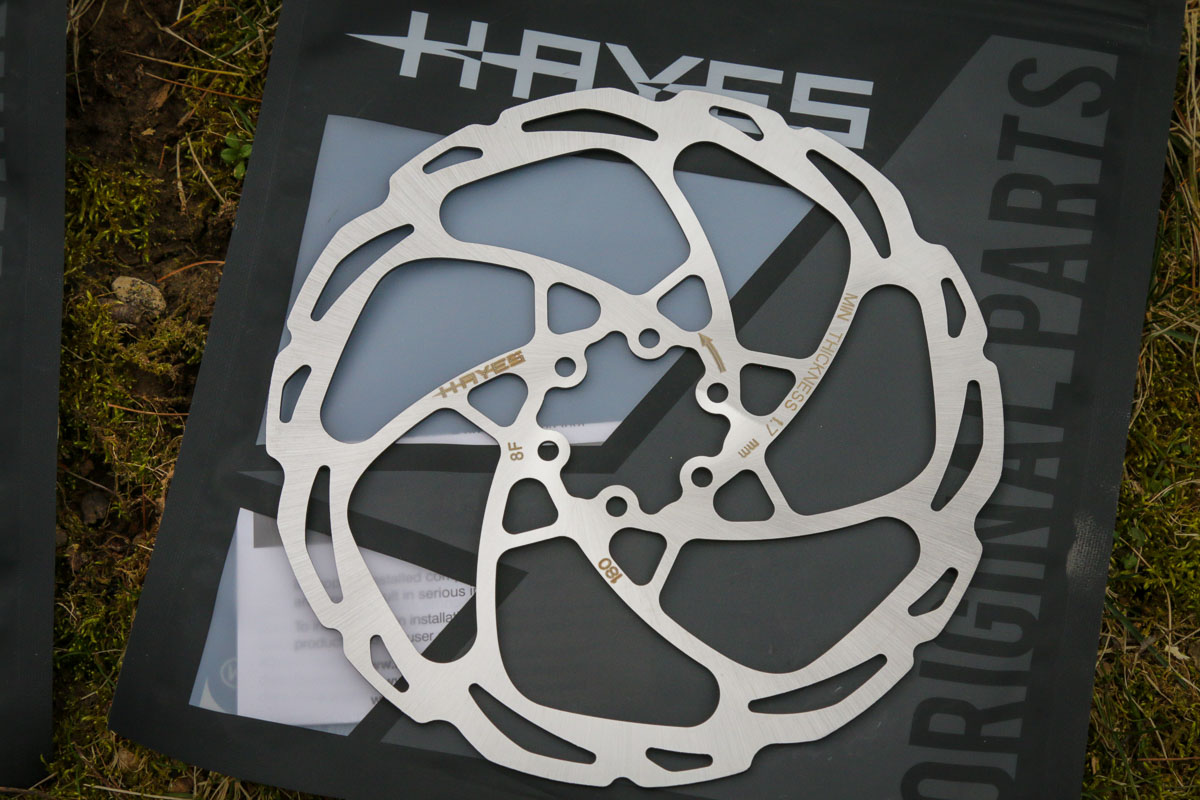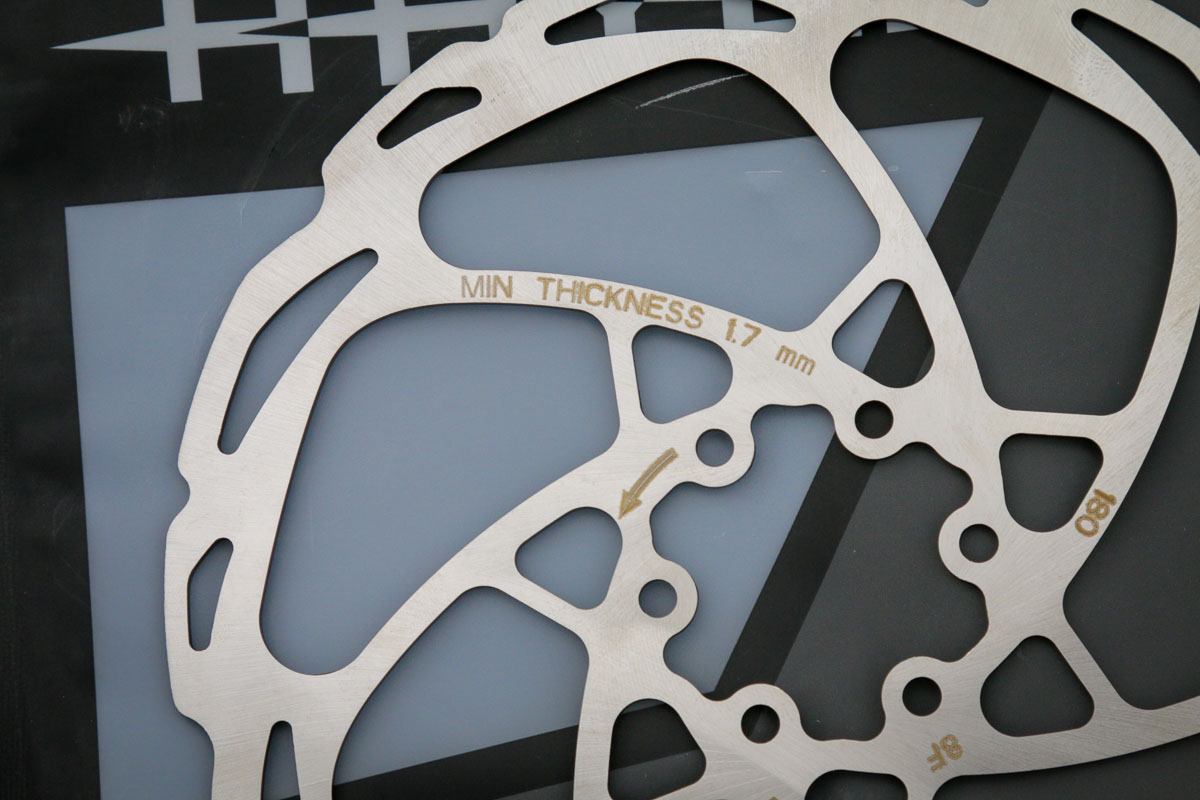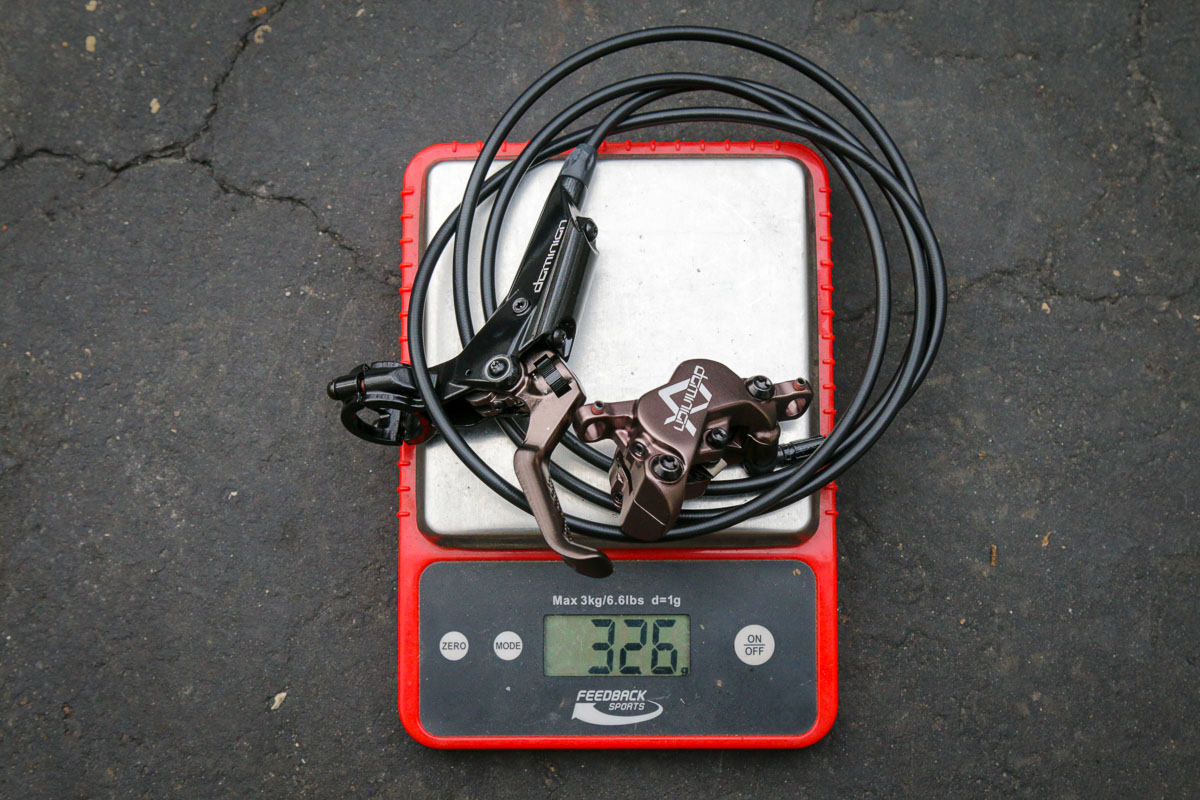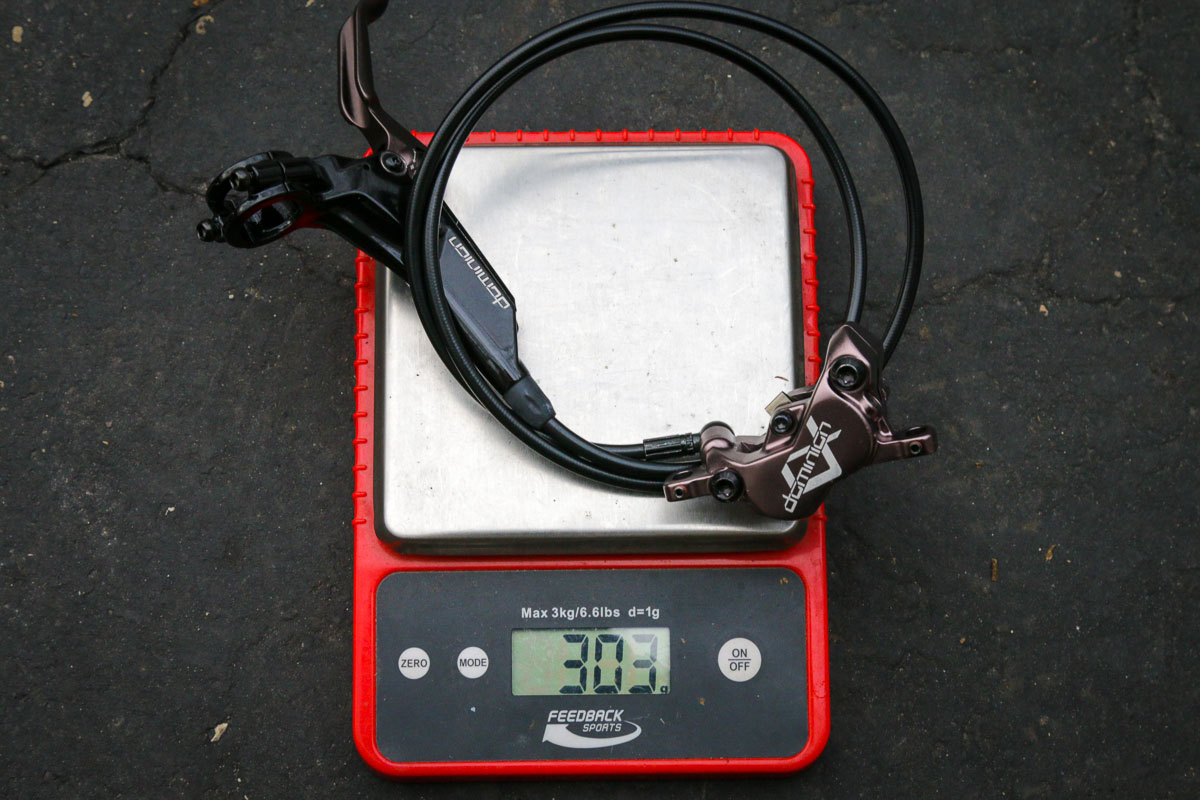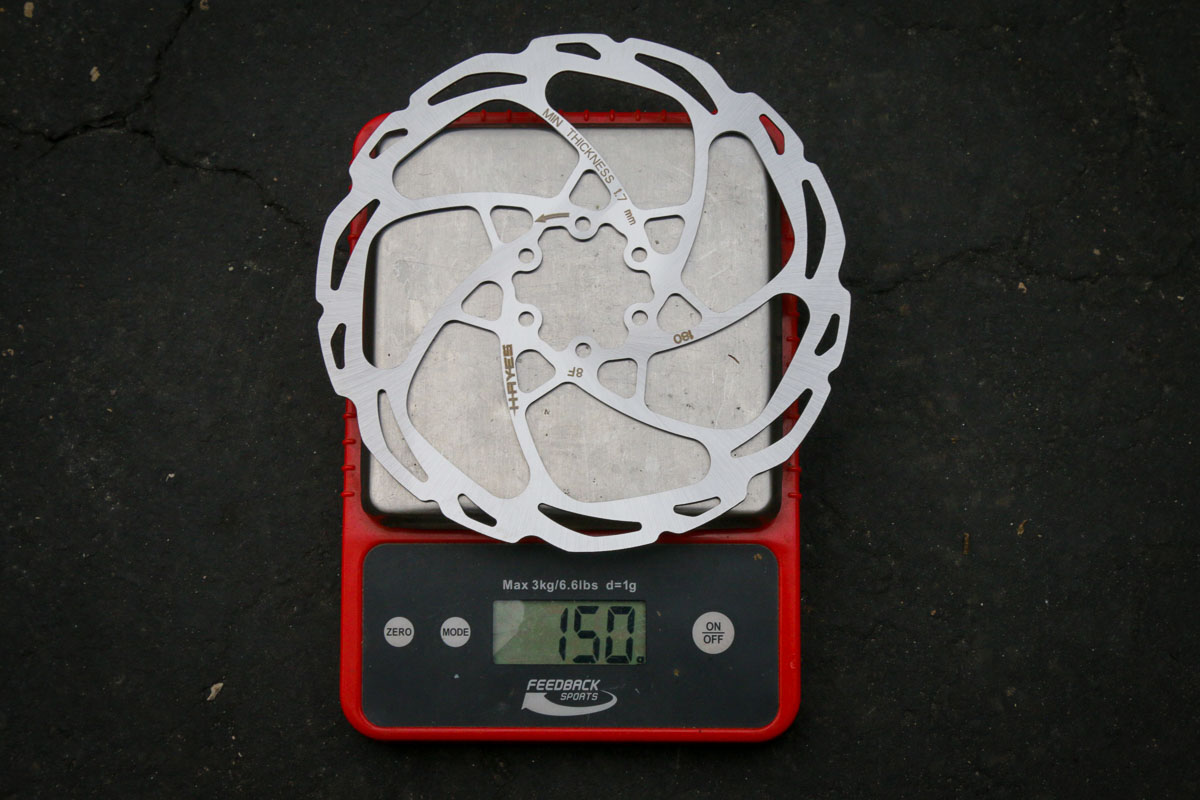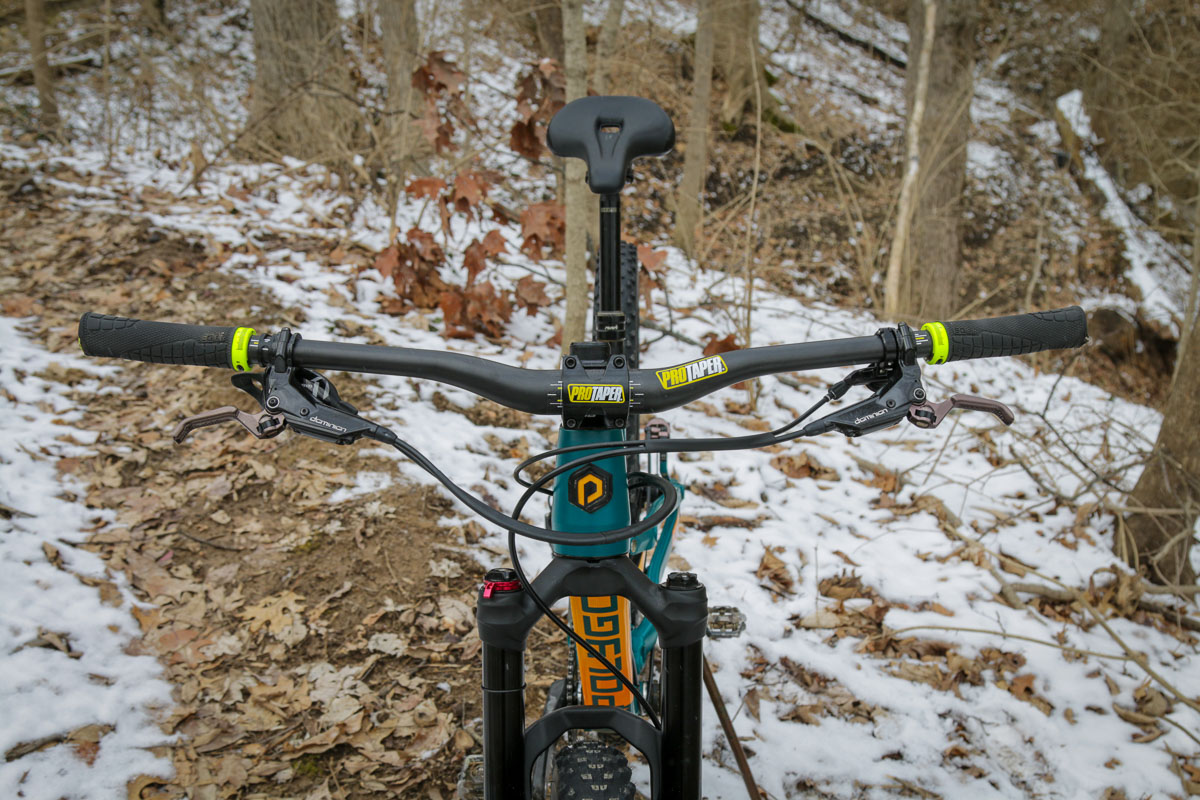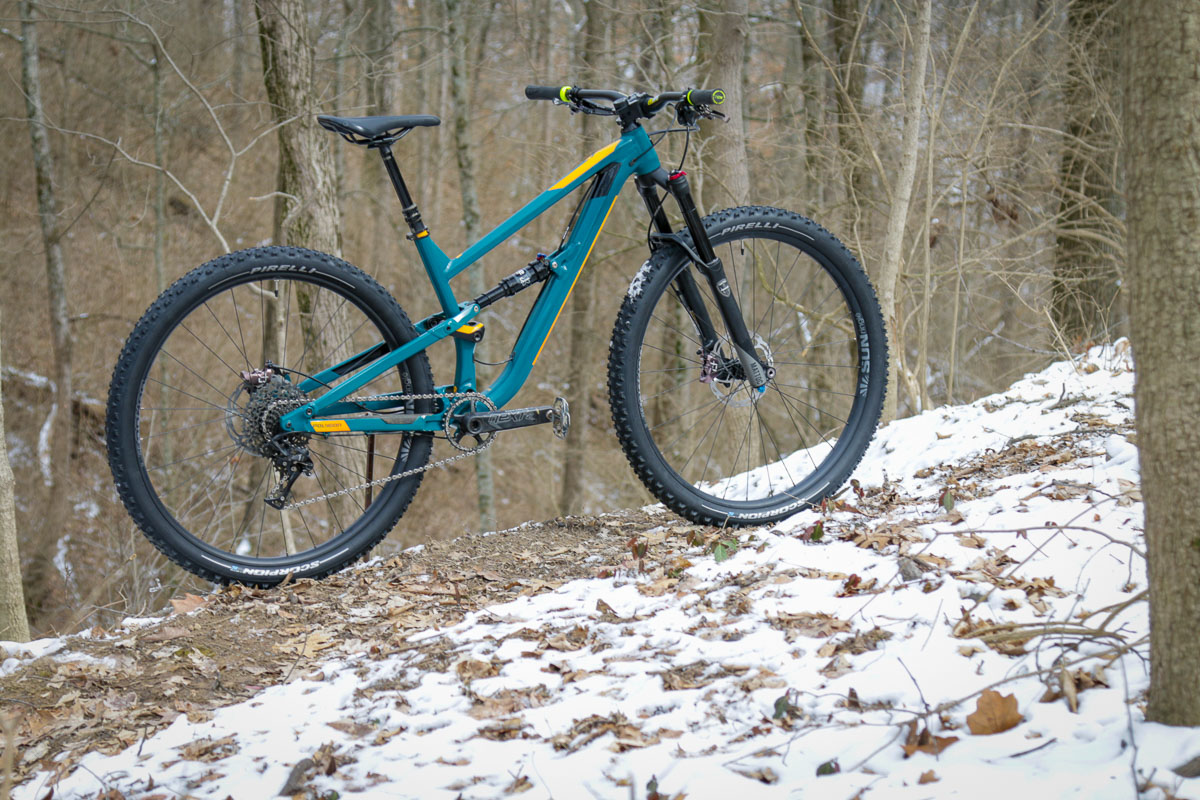Have you ridden a Hayes hydraulic disc brake recently? We can’t really blame you if the answer is no. It’s not that the Radar wasn’t a good brake. It’s just that it wasn’t the high performing trail brake that Hayes needed to put them back on the map. For that they would have to go back to the drawing board again. And this time, the result is near perfection.
It might be easy to overlook the fact that it’s been almost five years since the introduction of the last new disc brake model from Hayes. Specifically, it was Sea Otter 2014 where we got all the details on the new Radar brake system which featured a completely revised brake that relied on their Venom Mineral Oil instead of DOT fluid. It was a decent brake that was a little low on power, but it was also dead simple and seemed to be pretty reliable (my set from 2014 is still going strong).
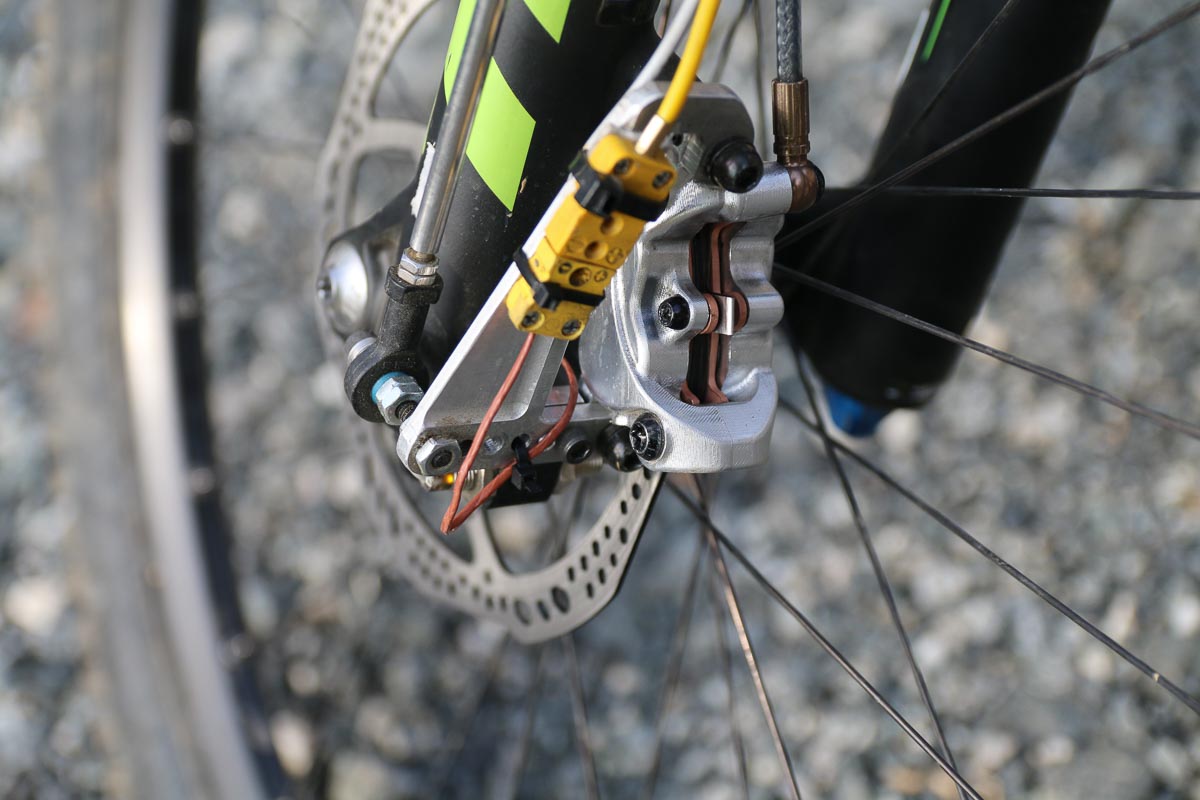
But Hayes knew if they were going to truly get back to their glory days as one of the top brake companies, it was going to require a lot more than just another new brake. Not only would they absolutely take their time to get it right, Hayes also had to rethink how they were going about brake development. To this point, their brakes were predominantly developed in the lab which allows you to create a stupidly powerful brake, but it doesn’t tell you much about how the brake will actually be used in the real world. That led to the development of an all new data acquisition system and testing protocol that is shared with Manitou suspension.
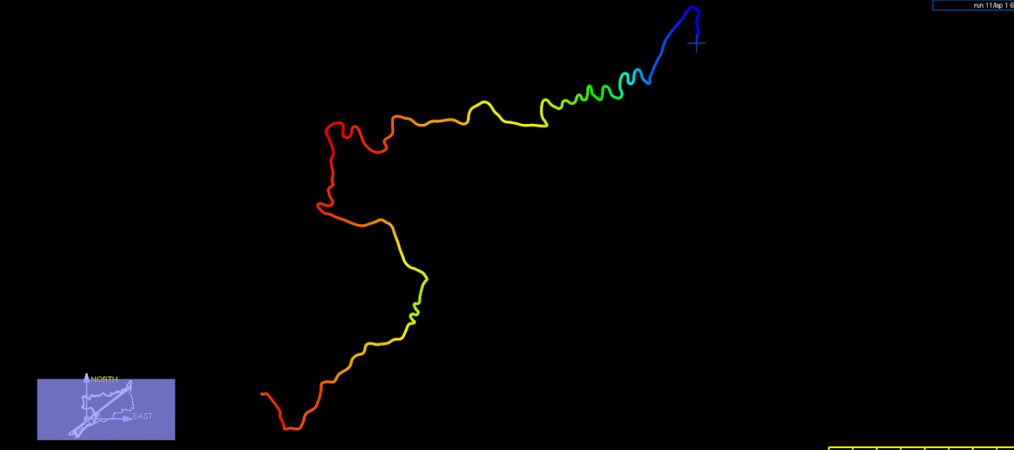
We actually got a first ride on CNC prototypes of these brakes that seemed fairly close to production back in early 2017 during our chance to check out their suspension development program. I couldn’t write it at the time, but that trip also focused heavily on brake testing. Using a bevy of sensors to keep track of pressure, braking force and speed, temperature and other variables down to the second and exact GPS location on a trail, the Hayes engineering team diligently worked through so many different pad, rotor, and fluid combinations that it would make your head spin. The amount of data they pulled from their new system wasn’t just impressive – it changed how they looked at the whole process.
“To throw a lot of power at a brake, that’s easy. It’s making it have a light feel at the same time that’s the hard part. To get that fidelity at the lever required investing a lot of time and effort on each individual component to get it there,” Eric Schutt – Hayes
That’s more or less the takeaway for the Dominion, and it’s something you will immediately get after the first ride. Right away, you’re greeted by one of the silkiest lever feels in the business, and it almost belies the amount of power this thing has. In marketing speak, that’s due to their LoFi design (Low input/high Fidelity). But in engineering terms, it was probably more like a PITA.
According to Hayes, every facet of the brake design had to be reimagined, from the fluid system, the build materials, dead stroke tech, lever design, rotor surfaces and edges, pad materials, etc. But it seems to have paid off. While the brake starts out with the lightest touch which just feathers the stopping power, it ramps up in a completely controllable way, but never requiring more than one finger’s worth of force at the lever. It’s the type of brake you want in sketchy conditions where the slightest amount of over braking will land you on your head.
Bleeding
Like most brake reviews, my time with the Dominions started by installing them on my bike. Shipped fully bled but with hoses that will need to be cut to fit most bikes, I quickly mounted them up (so easy with their CrossHair brake adjusting screws) and popped off the compression nuts to remove the hoses, cut them to fit, and reinstalled them with a new one piece barb/olive. Often, I’ll try to cheat a bit in this process and cut the hoses without spilling any fluid, and reinstall the shorter hoses with a bit of extra fluid to try to prevent the need for a full bleed. This time, that did not work.
I needed to learn how to bleed the Dominions anyways, so it was a moot point. After a quick read through of the instructions, I set out to bleed the brakes using the new Hayes Pro Bleed Kit. It should be noted that previous bleed kits have the right fittings for the Dominions, but the new Pro Bleed Kit ships with DOT 5.1 fluid (instead of DOT 4 which Hayes used to use) and it includes a Dominion Bleed Block which is not included with the brakes.
Overall, the process is fairly simple, but it does add another step than you may be used to. The Dominion uses their Two Stroke bleed system which includes two bleed ports on each brake caliper. These are both used during the final step of the bleed process to ensure that there are no air bubbles still hiding in the caliper. There are also two bleed ports on each brake lever (one on either side) which allows you to position the lever in the right spot when bleeding regardless of which side you run your front brake.
Bleeding the Dominions starts with one syringe on the outer port on the caliper and one at the lever, and you basically just push the fluid back and forth until there are no longer air bubbles.
After that’s done, you remove the syringe from the lever, close off the port, and open the second port on the caliper and reinstall the syringe. Now you push the fluid back and forth between the two sides of the caliper. That’s it.
I’m simplifying it a bit here, so make sure to read the whole instructions before you actually bleed the brakes. The important thing is that after reading the instructions once, and performing the bleed procedure once, I was rewarded with two perfectly bled brakes. No second guessing whether I did it right. Just finish the bleed, squeeze the lever, and ‘wow.’

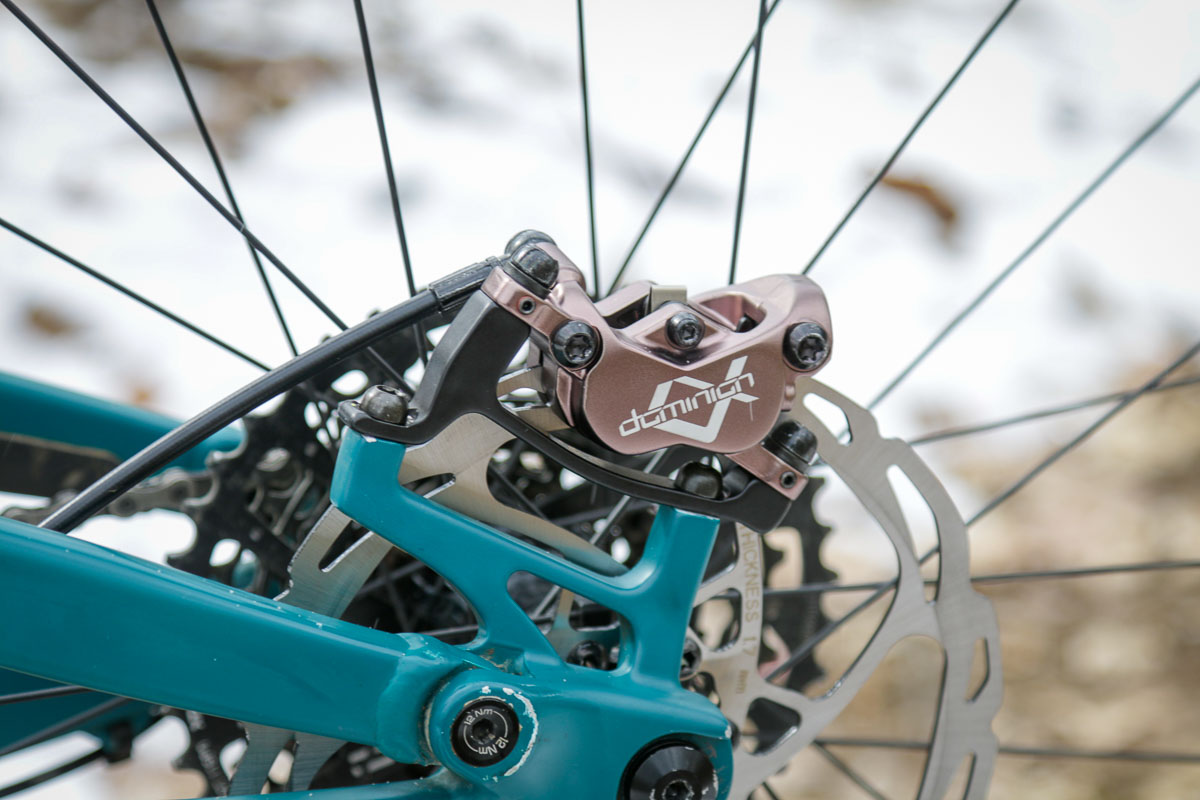
Lever and Caliper Design
Moving away from the radial master cylinder design adopted for their Stroker and Prime disc brakes, the Dominion uses a more traditional axial master cylinder layout with a flip-flop design. An aluminum piston is said to reduce changes in performance due to temperature extremes, and the piston glide ring borrows tech from Manitou suspension forks for even smoother operation.
The lever can be adjusted for reach with the use of the tool free dial reach adjuster which moves without much effort at all, offers great tactile feedback, and quickly adjusts the positioning.
On the inside of the lever pivot, you’ll find a tooled pad contact adjuster.
The lever itself has a great shape with rounded edges, a fat profile, and indentations for added grip. It’s short enough that you can easily set it up for one finger braking, but if you still prefer two, there is enough room for a second digit.
Each lever uses a split clamp that will work with any handlebar, but Hayes also sells clamps to mate with Shimano or SRAM shifters.
Each caliper uses a four piston design which pushes on two brake pads with two pistons per pad. The ‘KingPin’ is a structural caliper pad pin which holds the pads in place. As mentioned, each mounting hole has a CrossHair adjustment screw which allows you to perfectly dial in the caliper positioning before tightening down the caliper bolts.
What’s in the box?
Each Dominion A4 brake is sold individually for $229.99 each, and includes the bled brake, basic mounting hardware, a spare barb/olive and compression nut, pad spacers, and a second set of brake pads. Installed in the brake is a pair of Semi-Metallic T106 pads and there is a Sintered set of T100 pads in the box for even more aggressive braking in worse conditions.
Hayes points out that these aren’t your average rotors and pads. Apparently, the specific shapes of the new D-Series rotors were designed using FEA to specifically cancel out any noise and vibration. On the trail it seems to work – this is one of the things that leads to the brakes feeling so smooth. Hopefully it continues throughout the rotor’s life because it’s fantastic. The rotors have also increased in thickness to 1.95mm for better heat dissipation. Note that when buying a set of brakes, the rotors and brake adapters will be sold separately.
Actual weights
You might expect that a four piston caliper meant for heavy-duty braking wouldn’t be that light, and you’d be right. It’s not that they’re particularly heavy, just not as light as something like a SRAM Guide Ultimate or Shimano XTR Trail. However, I’d gladly sacrifice a bit of weight to have these on my bike. Note that they were weighed with a full length hydraulic hose. The weight of the rotor is pretty standard at 150g for a 180mm rotor.
Break in and first rides
One of the easiest ways to ensure that you are rewarded with under-powered brakes is to ignore the proper break in or burnishing procedure. Hayes includes their QuickBite system which is a coating that is said to help speed up the process, but you’ll still need to bed them in properly. To do that, Hayes states that you should perform 50+ stops under 15 mph or 24 Km/h in order to reach full braking power. You’ll notice the brakes gradually increase their power until you stop on a dime.
With the break in out-of-the-way and eight pistons ready to bring me to a stop, it was time to put the Dominions to the test using my Polygon Sikiu T7 as a test platform. This time of year for us, trails are greasy at best – if they’re open at all. As I alluded to earlier, it’s the type of condition where too much brake applied too quickly will immediately lock up the wheel and send you sliding off the trail. It’s when modulation really matters.
In that regard, the Dominions do not disappoint. The same brake that can instantly pop you up on your front wheel in a stoppie can also reward you with the lightest touch. Hayes credits the lever design for part of this including the use of sealed cartridge bearings at the pivot points.
At the same time, it’s easy to find the bottomless power of the Dominions on any steep section of trail with enough traction. But the power comes on in away that isn’t abrupt, and prevents you from over braking.
As good as the lever feel, modulation, and power are, it’s easy to overlook another one of the brake’s best features – their silence. Between the pads and the rotors, this is one of the smoothest stopping brakes I’ve used. Absent are the typical vibrations, chatter, and awful noises some pad and rotor combinations are known to produce. Hayes says this is both a result of the brake pad and the rotor design, but whatever it is it works. FWIW – Hayes specifically states in the owner’s manual to avoid using any type of brake cleaner on the pads or rotors. Only use isopropyl alcohol.
Verdict
Now that I’ve spent significant time on the Dominion A4, I think it’s safe to say that this is the brake that Hayes needed had to produce. The Dominion isn’t just an excellent brake from Hayes, in my opinion, it’s now one of the best trail/enduro brakes on the market – regardless of brand. Given the amount of work I knew that Hayes was putting into the design, I figured that this brake would be good. But honestly, I wasn’t ready for just how great it actually is. As long as the long-term durability is there, Hayes has firmly reestablished themselves as leader in the world of hydraulic brakes.


